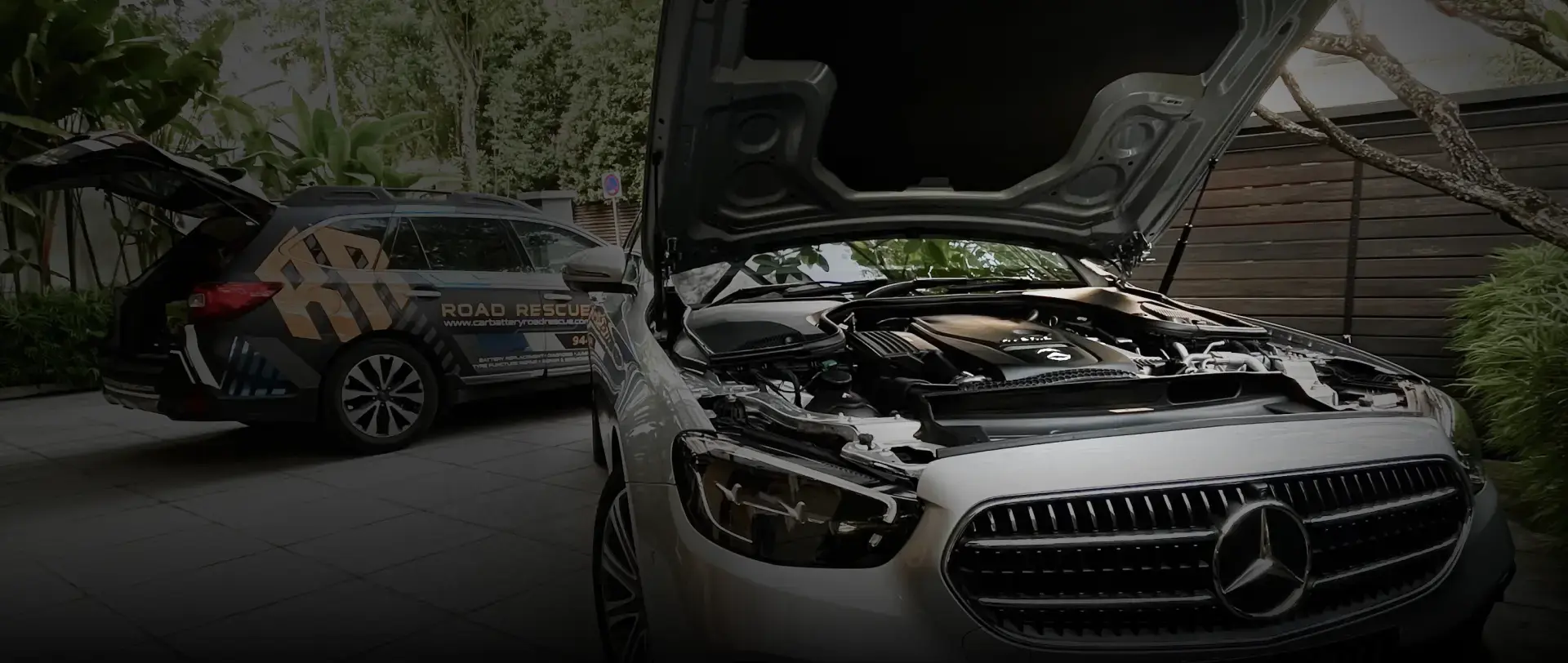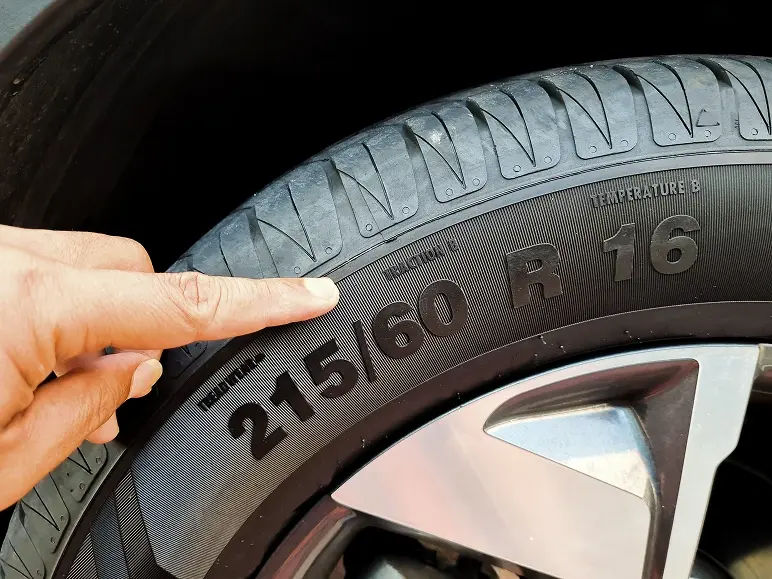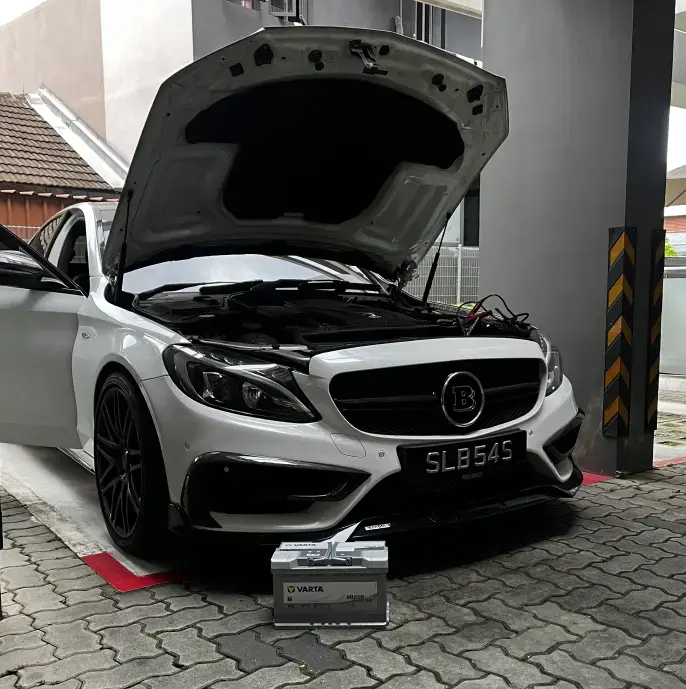
Know-How
Tips & Care
Essential Car Care Tips
Ultimate Guide to Car Tyres and Batteries
Owning a car comes with the responsibility of keeping it safe, efficient, and reliable. In particular, two components play a crucial role in your daily driving experience—tyres and batteries. This guide busts common myths, highlights the facts, and provides practical tips to ensure your car tyres and batteries last longer and keep you safe on the road.

What to Look For
The Basics of Car Batteries
A car battery is the heart of your car’s electrical system. Here are some key factors to consider when choosing a battery:
Brand
– Stick to reputable car battery brandsSize
– Battery dimensions and capacity must fit your car’s engine bay and electrical needsReserve capacity
– This indicates how long the battery can power your car if the alternator failsLifespan
– Quality batteries typically last several years depending on usage and climate
Warning Signs Your Battery Needs Replacement
Just like tyres, car batteries give early warnings before failing completely. Look out for these signs:
Foul smell
– A rotten egg odor may indicate a leaking or shorted batteryOld age
– Batteries older than 3 years should be checked from time to timeEngine light
– A glowing dashboard light may signal low battery voltageSlow engine start
– Delayed cranking could mean the battery is losing powerSwollen or cracked casing
– Heat damage can deform the battery shellCorroded terminals
– Rusted connectors can restrict power flowElectrical issues
– Flickering lights or malfunctioning accessories could suggest weak battery output
If you notice any of these signs, contact Road Rescue for a detailed check today.
Smart Battery Habits
How to Extend Your Car Battery’s Life?
Battery care is simple but often neglected. Here are seven expert tips to get the most out of your car battery:
Drive longer distances
– Short trips do not allow the alternator to fully recharge the batteryAvoid using electronics when idle
– Leaving the airconditioning, radio, lights or charging devices on without the engine running can drain the batterySecure the battery
– Ensure it is tightly fastened to avoid internal damage from vibrationsTurn off lights when leaving
– Leaving lights on drains the battery overnightSchedule inspections
– Use a battery tester or visit a car workshop to monitor health and performanceChoose quality batteries
– A branded battery may cost more but ensures longer service life and reliability


Debunking Common Misconceptions
Car Tyre Myths and Facts
Here are some myths and misunderstandings about car tyres, debunked:
Myth 1: As long as there is tread left, tyres are safe to use
Fact: Tread depth is not the only factor that determines tyre health. Over time, rubber deteriorates due to heat, sunlight, and environmental exposure, even if the tread looks acceptable. For maximum safety, inspect tyres regularly, rotate them, and replace them once they show signs of cracking or ageing—even if tread remains.
Myth 2: Tread patterns are only for traction
Fact: Tread patterns serve multiple purposes:
- Symmetrical patterns improve grip and reduce rolling resistance.
- Directional patterns excel in wet conditions, preventing aquaplaning.
- Asymmetric patterns enhance handling and stability on curves.
Myth 3: Valve caps prevent air loss
Fact: Valve caps are not designed to hold air inside. Instead, they protect the valve stem from dirt, water, and debris that could cause leaks. Driving without valve caps increases the risk of valve damage and slow leaks.
Myth 4: New tyres should always go on the front
Fact: When replacing two tyres, they should be mounted on the rear axle. Newer tyres at the back provide better grip and stability, especially on wet roads, reducing the chances of losing control during sudden maneuvers.
Myth 5: Tyres are always to blame for vibrations
Fact: While worn or imbalanced tyres can cause vibrations, the problem could also stem from wheel misalignment, damaged suspension, worn brakes or bent rims. If you experience unusual vibrations, have your car inspected at a professional car workshop.
How to Make Your Tyres Last Longer

Replacing tyres is expensive, but proper care can extend their lifespan significantly. Here’s how to maximize tyre durability and safety:
Focus on rear tyres
– Rear tyres generally wear faster due to engine power distribution and lack of steering support. Invest in quality tyres to handle the extra load.Perform internal inspections
– Potholes and impacts can cause hidden tyre damage. Regular inspections help detect air leaks or sidewall damage early.Maintain proper air pressure
– Underinflation or overinflation accelerates wear and reduces fuel efficiency. Always inflate tyres to the recommended level.Avoid rash driving
– Hard braking, sudden acceleration and speeding increase heat and friction, leading to premature tyre wear.Ensure tyre balance and alignment
– Misaligned wheels cause uneven wear and poor handling. Regular balancing and alignment extend tyre life and improve fuel economy.Check tread depth
– Tyres with less than 1.6mm tread depth are unsafe. Replace worn tyres immediately.Keep a spare tyre handy
– If possible, carry a functional spare tyre and tools for emergencies.
Reading Tyre Markings
How to Understand Tyre Markings and Signs
Before buying new tyres, having a basic understanding of tyre markings will prove helpful. Here are some general guidelines to look out for:
Brand and sub-brand
– This indicates the manufacturer and product lineLoad rating
– This specifies maximum weight capacitySpeed rating
– This denotes maximum safe speedSize code
– This indicates width, aspect ratio, construction type and rim size
Knowing these markings ensures you purchase the right tyre that matches your vehicle’s specifications and your usage patterns.


Listen for the Signs
Car Noises That Shouldn’t Be Ignored
Sometimes, it’s not just the battery or tyres that need attention—unusual noises can also signal bigger problems. Pay attention to:
Squealing
– Often caused by worn brake pads or slipping engine beltsGrinding
– Indicates serious friction between components, often brake-relatedRattling
– May signal a loose exhaust system or catalytic converter issuesScreeching
– Can occur from misaligned or loose engine partsChirping
– Usually linked to a failing serpentine belt
Addressing these noises early can prevent expensive repairs and improve safety. If unsure, please do not hesitate to reach out to us at Road Rescue for a detailed check.

Connect With Us!
Send us a message to have all your questions answered about Road Rescue products and services.